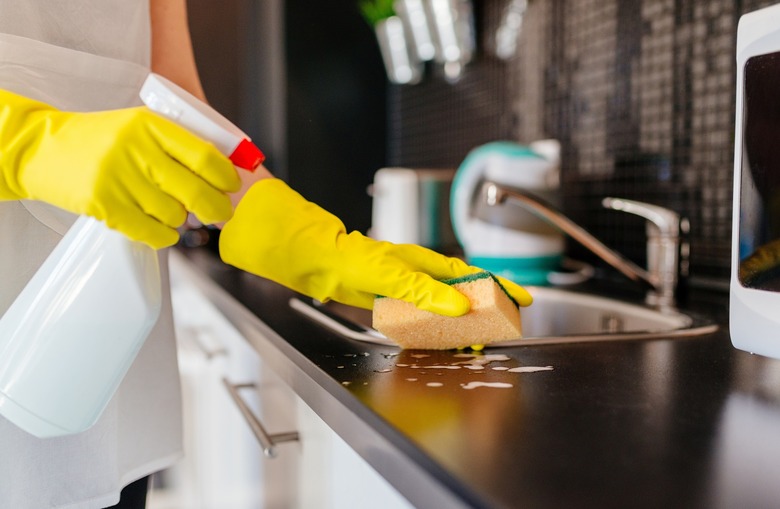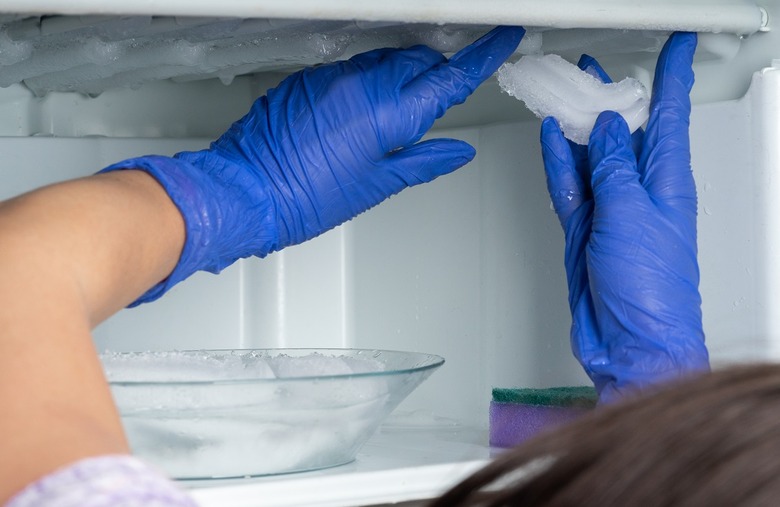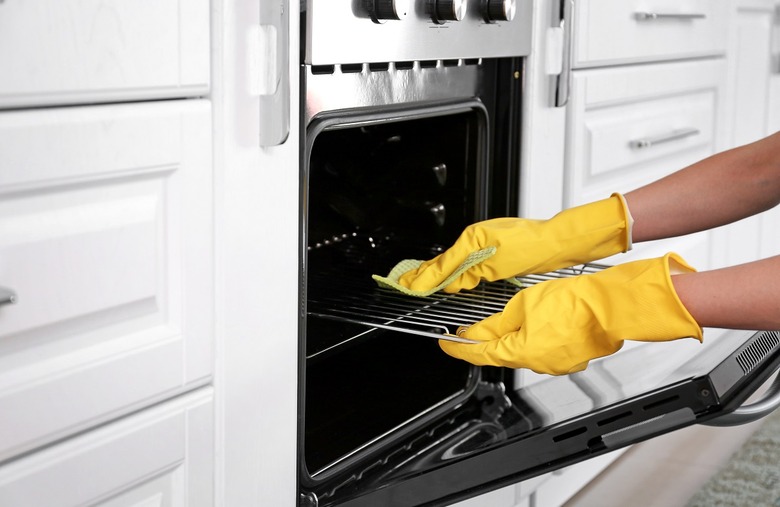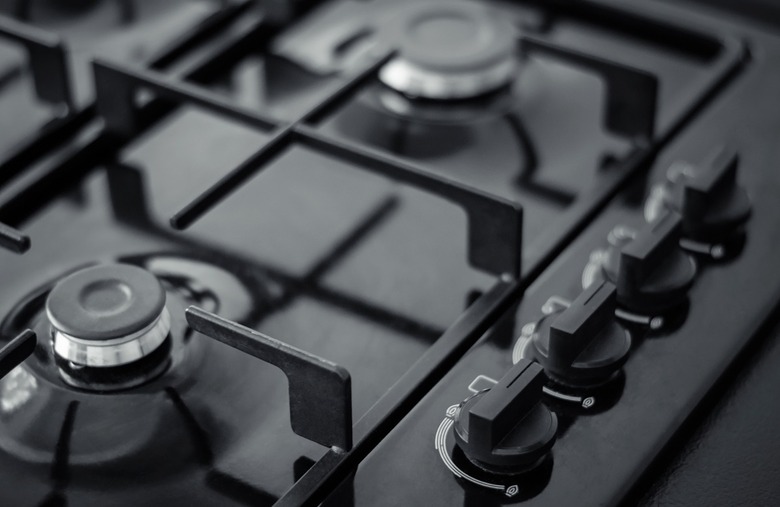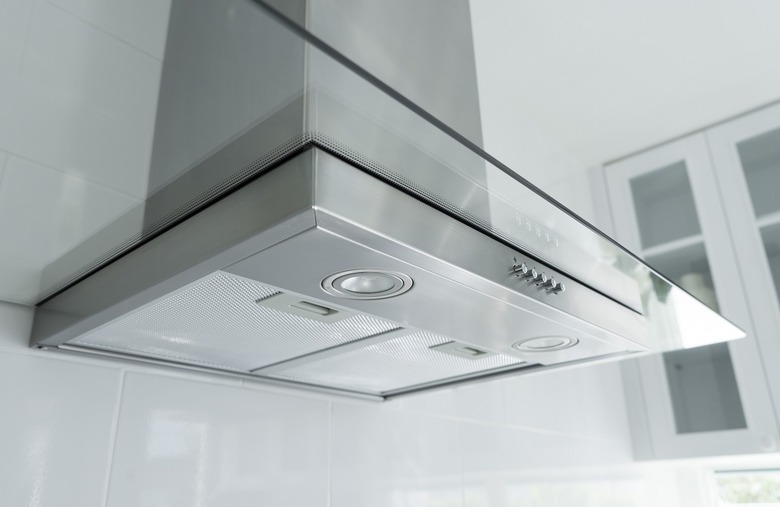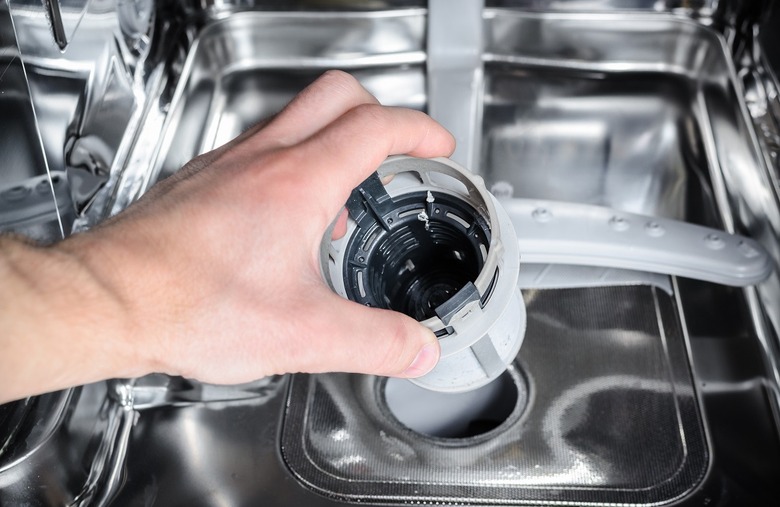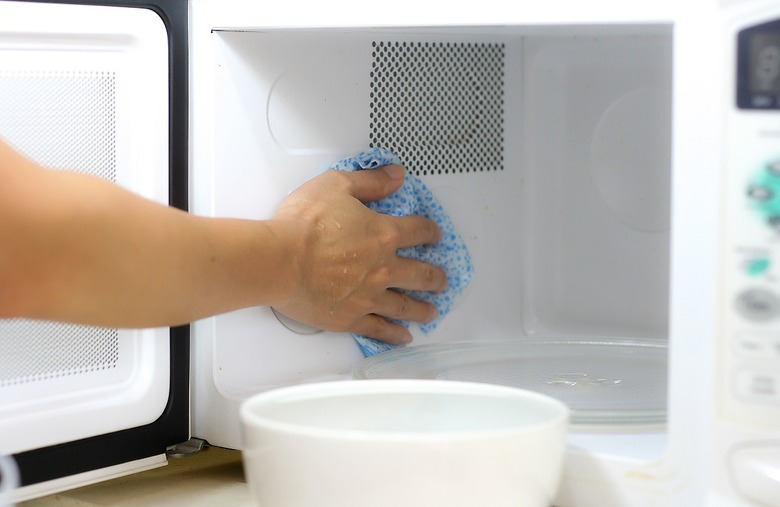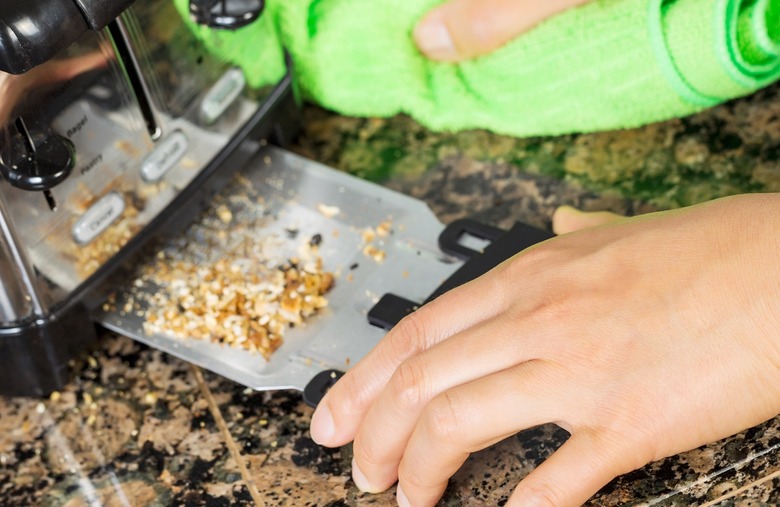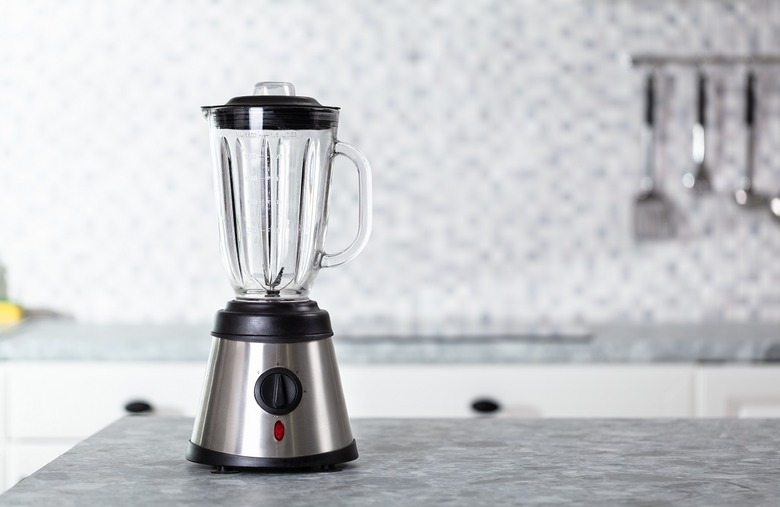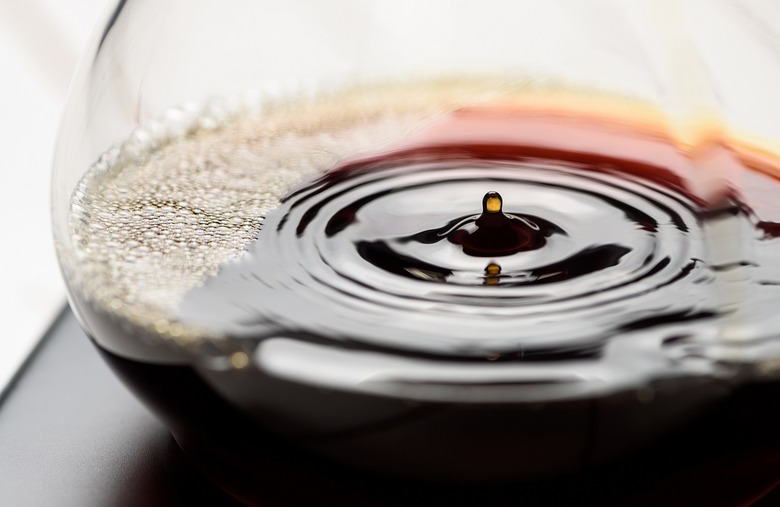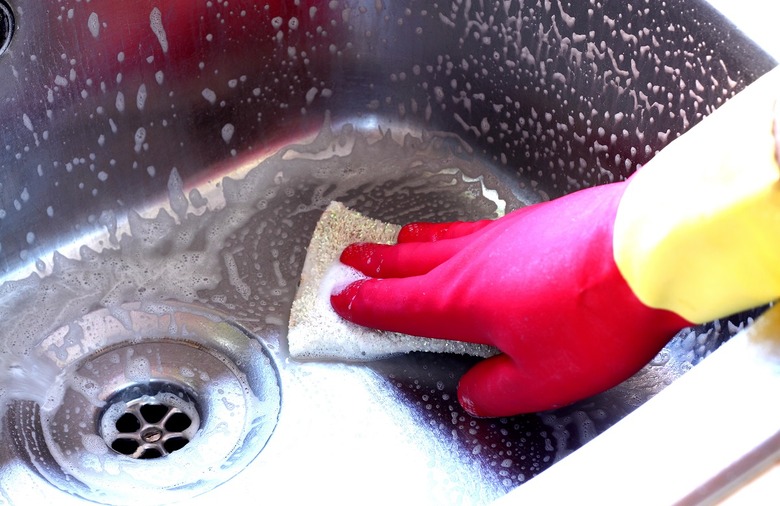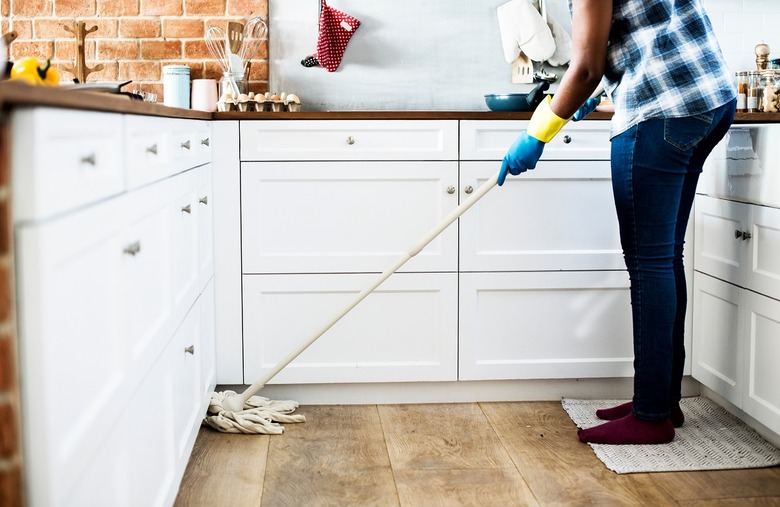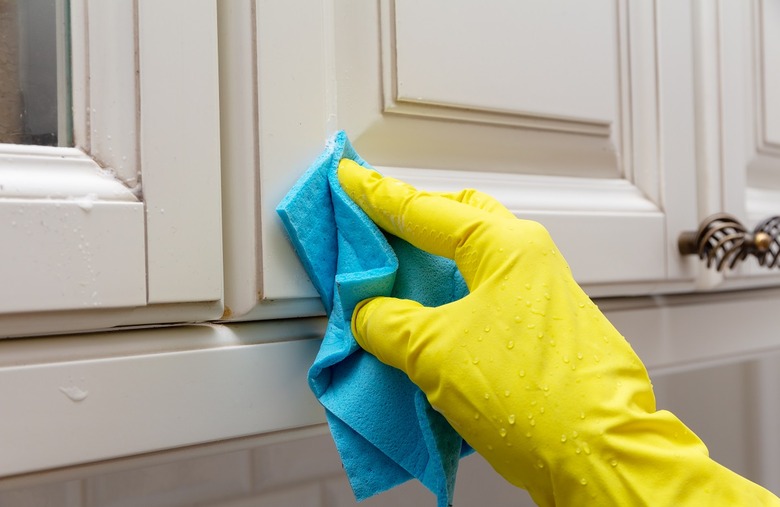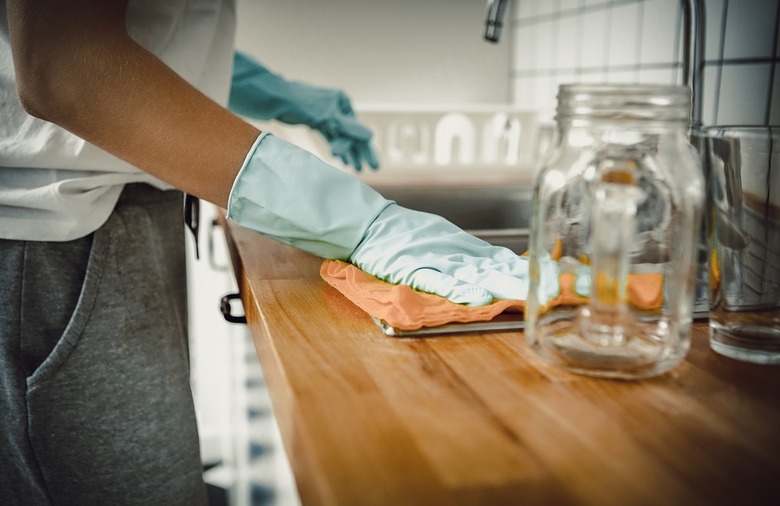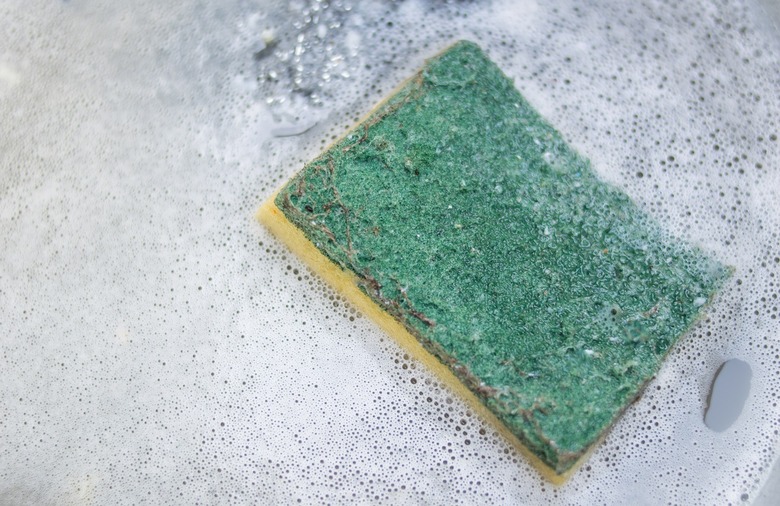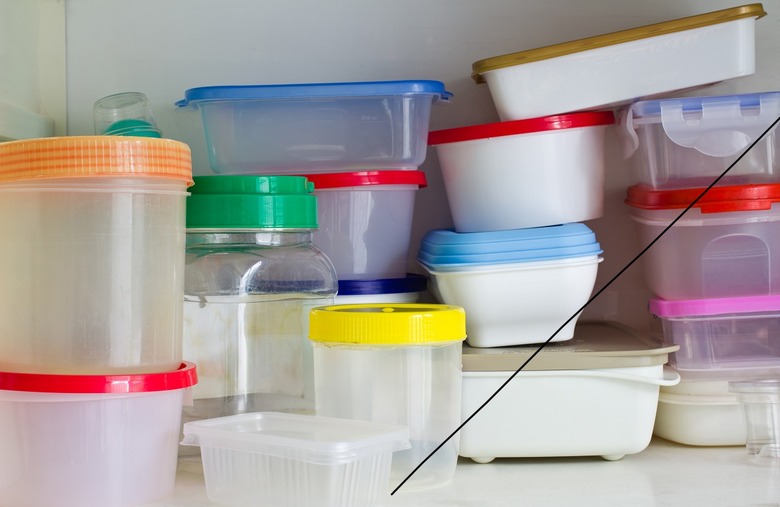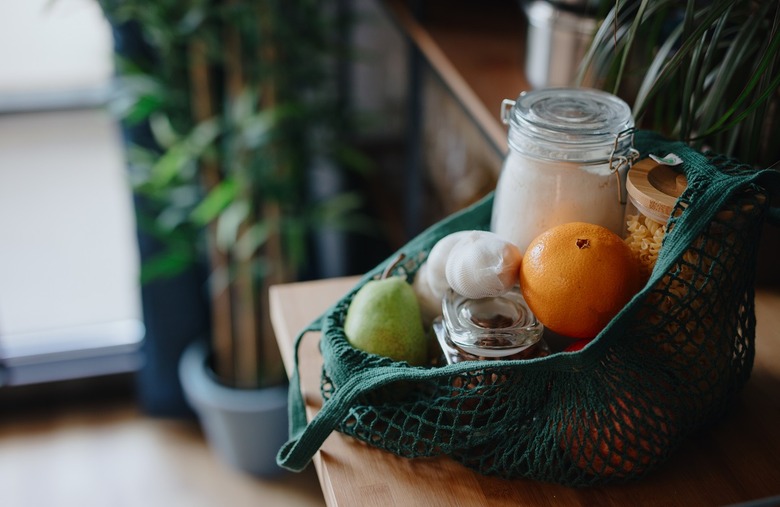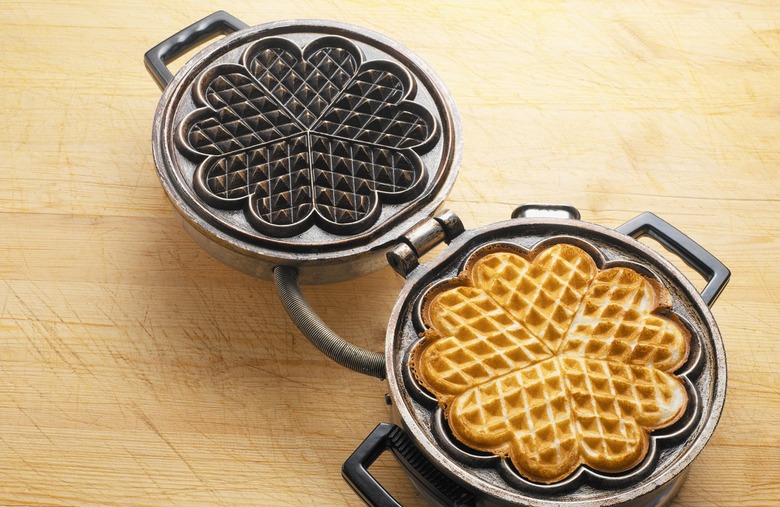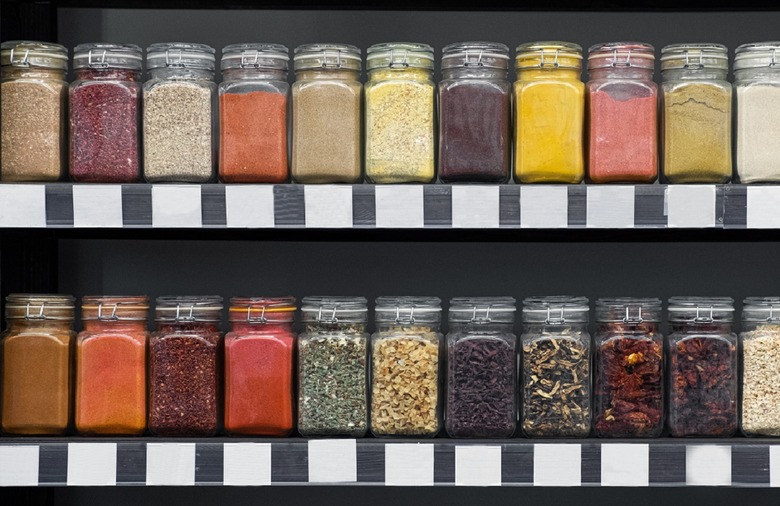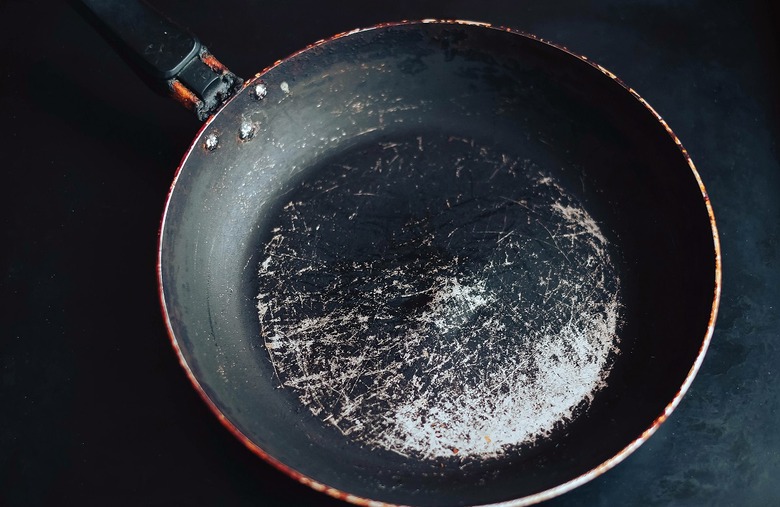How To Spring Clean Your Kitchen
Having a sparkly clean kitchen is goals, but the process is far from glamorous. Sure, most people have a few expired cans on the shelf and something a little smelly in the fridge, but cleaning your kitchen is way more involved than just tossing out a few old items and calling it a day.
Natural Cleaning Tips for Your Home
When warmer weather rolls around, so too does the spring cleaning bug. If you don't know where to start when it comes to getting a spick and span kitchen, these helpful, sustainble, eco-friendly tips will be your guide.
Wash used kitchen towels
When cleaning your kitchen, it's important to start by washing any cloth towels used to dry countertops, dishes and more. It's counterproductive to wipe down any freshly clean surfaces with dirty towels. Give them a quick wash and dry and you'll be ready to start your kitchen deep clean. If you've been holding on to any towels with stains even the washer can't get out, consider ditching them.
Clean your refrigerator
Once you have fresh towels, it's time to clean out your fridge; after all, it's where you'll be storing all of that yummy spring produce. Start by taking everything out of the fridge (be mindful of how long perishable items are out). Throw away any expired foods and condiments that may have been hiding out in the depths. Then remove the shelving and drawers, wipe them down with hot soapy water and then dry. Get a fresh bowl of hot soapy water and clean the inside, doors and handles of the fridge. Clean off any gummy condiment bottles and put all your food back in the fridge. Take a moment to relish that nicely organized space. Aaahhh.
Clean your freezer
Cleaning out your stand alone freezer can be a pain, but this foolproof method will make the process a cinch. Start by turning the freezer off, then remove the food and shelving from it. Throw away any food that's old or has freezer burn. Wipe down the inside and outside of the freezer with hot soapy water or make a vinegar-hot water solution. If there's any tough spots, try using a scrubber or toothbrush to get them off. Once clean, dry the freezer with a cloth thoroughly and place the (wiped down) food and shelving racks back inside. Don't forget to turn the freezer back on once it's clean.
Clean your oven
Some ovens have a self cleaning option so be sure to check your manual and warranty before getting started. If you don't have or want to avoid using the self clean option, you can do it yourself by mixing baking soda with water until a thin paste forms, then spread the mixture all over the oven (with the racks removed) and let it sit for a few hours. After letting the baking soda and water mixture settle, fill a spray bottle with vinegar and spray it all over the oven. Scrub the oven until the debris is gone, then wipe it down with warm water until it's clean. Scrub the oven racks with warm soapy water and return. Give the oven door and handle a good wipe down with warm soapy water and call it a day. While there are plenty of heavy duty oven cleaning products out there, if you want to be an #earthhero, there's rarely something baking soda and vinegar doesn't clean. This way you won't have to worry when you cook all those time-saving sheetpan dinners.
Clean your stovetop
The way you clean your stovetop will vary depending on the type of stove you have: electric, gas, induction, coil, etc. An affordable way to clean your stovetop is to use a baking soda and water solution, but you can also use a store-bought kitchen cleaner that's designed for your specific type of stove. Use a soft scrubber or cloth to clean your stovetop instead of a brush or scouring pad so you don't scratch it. For an electric stove, check your instruction manual to see if the top flips up (most do). If it does, clean out any food or grime that's built up underneath with warm soapy water. For a gas stove, soak the grates in hot soapy water for about 20 minutes. Rinse off the gunk and return the grates to your clean stovetop.
Clean your range hood
A range hood pulls smoke up and out of the house while you're cooking but it can easily build up grease and dirt and should be incorporated into your kitchen clean. Start by wiping the surface of the hood down with hot soapy water. Then scrub the inside of the hood with the same solution, but use something gentle so as not to scratch it. After that you can clean the filter in a sink or a bucket filled with water, baking soda and soap.
Clean your dishwasher
Believe it or not, not cleaning your dishwasher can make you sick. To avoid this, clean your dishwasher by removing the racks and utensil holder. Wipe them down with warm water, then fill a dishwasher-safe dish with a cup of vinegar and run it on the hottest cycle available to you and let it air dry. Clean the outside door of your dishwasher with a cloth and warm soapy water. See manual instructions for how to clean the filter and drain.
Clean your microwave
Say goodbye to those little dribbles of tomato soup and coffee that have been haunting your microwave. Start cleaning the appliance by removing the glass tray and its holder. Clean these with hot soapy water. Spray the inside of the microwave with a store-bought cleanser or a spray bottle filled with a cup of white vinegar and a cup of water. Run the microwave for a couple of minutes to make it easier to scrub off residue. Wipe the microwave clean and reassemble. Celebrate by making a super fast, super satisfying microwave mug cake.
Clean your toaster
Toasters are rife with little crumbs of bread, bagels and more. To clean out the appliance, start by unplugging it. Then remove the crumb tray, throw away its contents and wipe it down with a damp cloth. Then turn the toaster upside down and give it a good shake to get rid of any excess crumbs (forcing them out with a blow dryer also works). Wipe down the exterior of the toaster with kitchen cleaner or warm soapy water.
Clean your blender
How you clean your blender might change based on what type of blender you have. But a good rule of thumb when deep cleaning your blender is to fill it with equal parts water and white vinegar and let it soak for about four hours. If you don't have time, just fill it halfway with water and a few drops of dish soap and let the blender run for about one minute. Pour the mixture out and rinse well with hot water. Wipe the blender's exterior with hot soapy water, then get back to making delicious, healthy smoothie recipes that taste great.
Clean your coffee maker
If you love different coffee drinks, then your coffee maker probably gets a lot of use — but not a lot of regular maintenance. To clean your coffee maker, start by wiping the hot plate or tray that the carafe sits on with warm soapy water. Repeat this step with the brew basket. Then run a mixture of water and vinegar through the coffee pot. Check your machine's manual for the correct ratio. After running vinegar and water through the machine, clean out the carafe (where the coffee goes). Use warm soapy water, or if it's particularly dirty, fill it with one part baking soda and two parts hot water and let it soak for a few hours. Pour out the mixture, rinse and air dry.
Wipe down sink
Although we clean dishes in our sink, the basin itself is often far from sanitary. To deep clean your sink, sprinkle a little bit of baking soda onto a wet sponge and scrub away any built up grime and rinse. Freshen up your sink drain by pouring boiling hot water down the drain. Then pour half a cup of baking soda down the drain and let it sit for a few minutes. Follow up the baking soda by pouring one cup of vinegar mixed with one cup of hot water.
Mop the floors
If you have tile in your kitchen, clean them by mixing half a cup of vinegar with baking soda in a bucket with warm water. Scrub the floor with the solution then rinse with a bucket of warm water.
Wipe down cabinets
Start cleaning your kitchen cabinets by removing any plates or food you have stored inside. Throw away expired and stale food items then fill a spray bottle with equal amounts vinegar and water. Spray the mixture on the cabinets and let it sit for a few minutes, then wipe the mixture off with a damp towel. Clean the exterior of the cabinets with the mixture as well as any drawers and handles and wipe clean with a damp towel. Dry the cabinets with a clean towel.
Wipe down countertops
Clean your countertops by spraying the surface with a household cleaner and wiping away any grime with a soft towel. If you have any pesky stains, form a paste with baking soda and warm water and spread it over the stain. Let the mixture sit for a few minutes then wipe clean with a towel.
Clean or throw away old sponges
Old sponges are a safe haven for bacteria, but it is possible to salvage them. To clean your sponges, start by getting them completely wet, then put it in the microwave for one minute to kill the bacteria. Once the sponge is cool, you can resume cleaning with it. You can also clean your sponges by washing them in the dishwasher on the hottest cycle. But if your sponge is a complete lost cause, it's probably time to replace it with a fresh one. It's actually recommended to swap to a new sponge every week.
Organize storage containers
Organize your storage containers by finally saying goodbye to anything that doesn't have a matching lid or base; check that they are recyclable before tossing them in the bin or repurpose them for craft projects. Clean dirty or orange-tinted containers by mixing together baking soda and water to form a paste. Let the containers sit for an hour then rinse.
Wash reusable grocery bags
Your spring kitchen clean is the perfect opportunity to wash your reusable cloth grocery bags. Just toss them into the washer with laundry detergent and hot water. If you use any plastic bags, you can wash them by hand with soap and water and hang dry.
Wash hot pads and kitchen rug
While you're washing your reusable grocery bags, you might as well wash your hot pads, kitchen mitts and kitchen rug (if you have one). Wash them with hot water and laundry detergent in the washing machine. Look at the label on each item for specific instructions.
Consider donating appliances you don’t use
That waffle maker that's been hiding at the back of your cabinet for years? Now might be the perfect opportunity to donate it, along with any other appliances you don't have much use for anymore.
Throw away old spices
It's hard to know when your spices have gone bad because they don't start to taste stale — they just get less potent. Check the sell by dates and throw any spices that have expired or have started to lose their vibrant smell and color.
Clean or get rid of old pans
Don't throw away new-ish pans just because they look a little dirty, try scrubbing them with a little bit of baking soda and warm water first. If they're irredeemable or scratched, it might be time to throw them away. Also, as a general rule of thumb you should buy new nonstick pans every five years, which is one of many things you should know about the appliances and tools in your kitchen.
More from The Daily Meal:
Ways You're Using Your Cast Iron Pan Wrong
These Sheet Pan Dinner Recipes Will Make Your Life So Easy
How to Use Food Scraps to Make Delicious Meals
